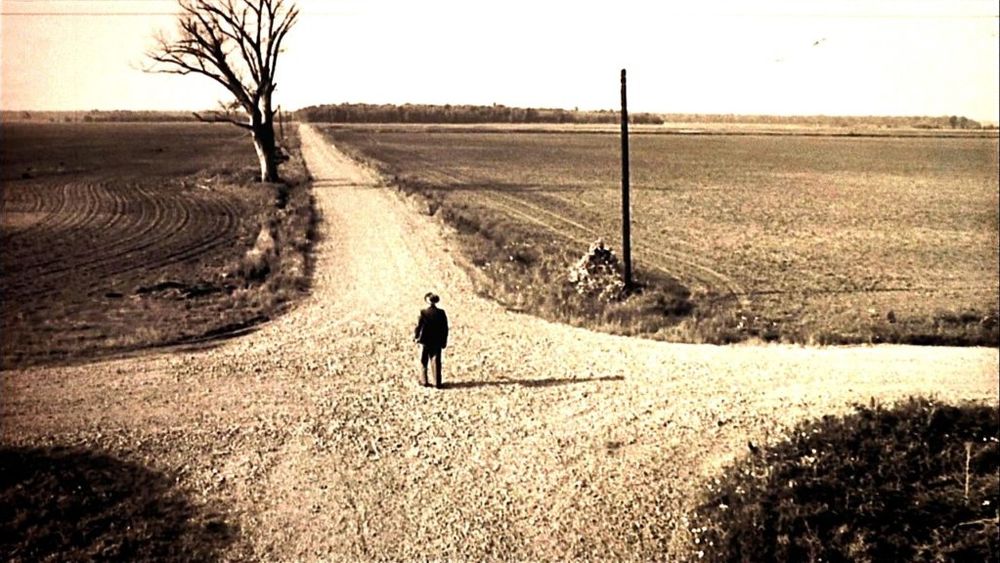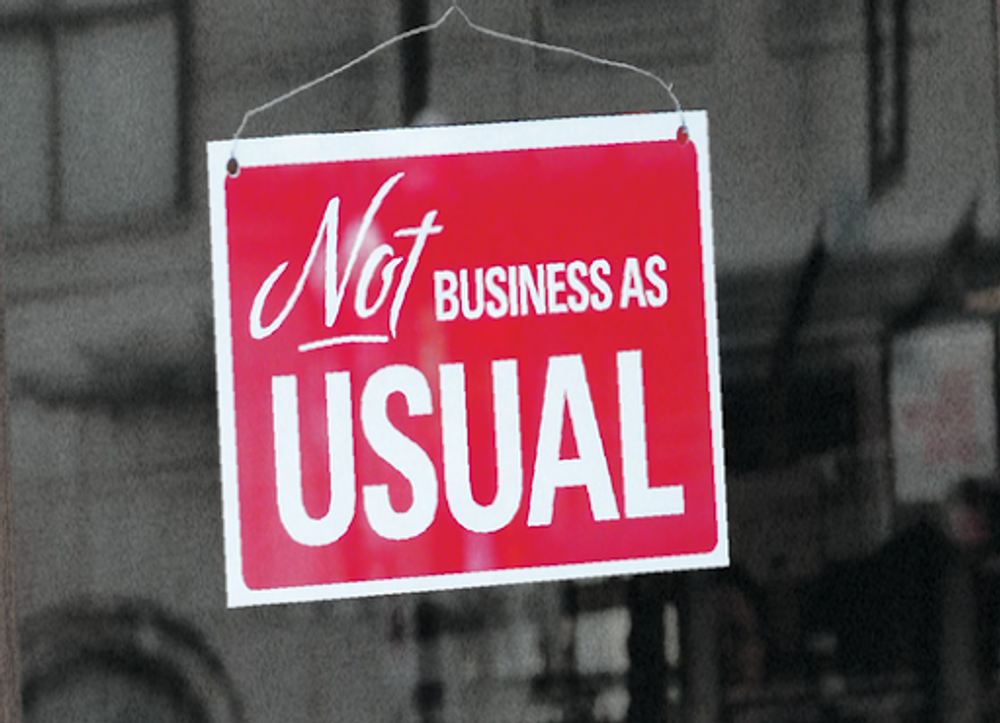Reka Haros on why now is the perfect time to put marketing and innovation at the top of your company’s agenda (main photo by Frank Mckenna on Unsplash).
No one saw this coming. No one predicted that this year would put everyone on hold, and so nobody had a plan B.
The lockdown has gone through the world knocking down one domino after the other. Companies have to focus, not just on safeguarding their employees, but also on how they want to get up and run again after the crisis is over. Because this crisis will be over, and once it’s over, economists predict that it won’t be easy.
So what should wine businesses do now, right now? Plan with a few certainties. While Covid-19 has only created uncertainties, what comes after it is called a recession, and we can learn from previous recessions to understand how to react to it this time.

Which way is the right way for your business?
Assess new strategic opportunities
Think of it as a time-out for 2020 and go straight to your strategic objectives for 2021. Start thinking through what needs to be done not only to survive but to drive long-term growth. How will your business run after it hits the ground again?
- Who will you be targeting?
- Will your target customer still be the same?
- Should you target new segments?
- Which brands will you bring to the market?
- Which ones will you remove?
- What will you do if your brand faces too much demand, or too little?
- What is the positioning of these brands?
- Are they still relevant?
Time for tactical innovation
The wine industry is in a lucky position because it can keep operating in the crisis, even if at a slower pace. It’s not easy, and it requires flexibility to adapt, but this is where the basic 4Ps of marketing come in handy.
Marketers now have a great opportunity to work on adapting their Product offer, their Pricing strategy, and Place or how they will be distributing and delivering their products and services. (The fourth P of Promotion deserves separate attention.)

Wine businesses need to think about how they can reach consumers beyond “business as usual” because it won’t be business as usual for a few more months. Be ready to use innovative tactics – focus particularly on improving your offers.
Look at market opportunities like changing and evolving taste profiles, packaging innovations and price points that offer greater growth opportunities, but be aware that promotions and discounts will damage your profitability long term. Think ahead and start implementing the things that will be beneficial later because these new opportunities will remain as new revenue sources if you execute them well.
Technology and digital tools are all there to help – digitally savvy wine businesses have a tremendous competitive advantage now.
Don’t cut the marketing budget
During periods of crisis and recession, one of the first things companies do is pull back marketing and advertising. Don’t be that business!
You may see immediate profits by reducing marketing expenditure, but the benefits won’t last long. Neglecting brand marketing during an economic downturn will weaken your brand – and give your competitors the chance to grab space in your consumers’ minds and shopping carts.
Research shows that companies that keep advertising during recessions are those that show greater growth up to three years after the recession is over.
Why does this growth happen? Remember the Share of Voice rule and think of the following scenario: Your competitors stop advertising or decrease their ad spend by 50%, but you maintain your advertising budget and continue advertising. You automatically increase your Share of Voice.
Excess share of voice

Those who can shout louder than their position in the market would normally allow are in a good place, says Haros particularly
When your Share of Voice is higher than your Share of Market, you also get the benefits of Excess Share of Voice (ESOV = Share of Voice – Share of Market) relative to your competitors. When this happens, you will grow your market share.
A study by the Institute of Practitioners in Advertising, already showed back in 2009 that those brands whose Share of Voice was higher than their share of the market tended to grow – regardless of whether the times were prosperous or bad. The approximate rule-of-thumb is that for every 10 points that Share of Voice exceeds the share of market, a brand can expect to gain between 0.5% to 1% of market share per year. Equally, brands that let their share of voice drop during a recession can expect their share of market to fall as well.
Henry Ford once said that: “A man who stops advertising to save money is like a man who stops a clock to save time.”
It costs less to continue advertising than the cost of not advertising and having to start from scratch later.
Recessions and crises are short-lived, and, by the end, the brands that invest in advertising and brand marketing are the ones that will grow their market share– and get a better competitive position. Plan to get through these weird and unprecedented times by increasing your Share of Voice.
In other words, don’t cut your advertising budget.
- If you would like to talk to Reka about your marketing and advertising strategy you can contact her at reka@reframewine.com and find our more about her and her blog at reframewine.com
































